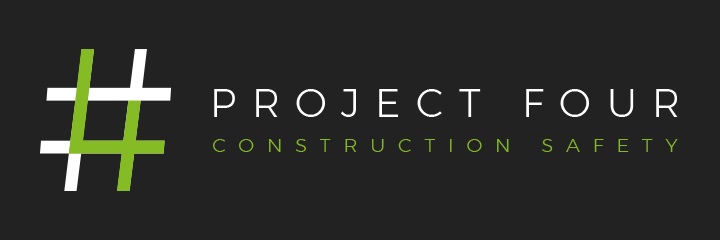Commentary
Industry must act now to comply with building safety laws
The Building Safety Act 2022 received Royal Assent in April, and its myriad legislative changes are due to come into force over the next 12 months with implications for developers, contractors, landowners, and others, writes Alan Robson, managing director of Project Four Safety.
Collectively, the team at Project Four Safety has been reading hundreds, if not thousands, of consultation documents, press releases, and associated documents on the incoming new laws. So, without giving you War and Peace (first published in 1867 with 1,225 pages), this series of three articles will aim to provide a brief but effective update on the way the act is impacting the property industry.
The Building Safety Act 2022 is the government’s main response to the Grenfell tragedy of 2017 and came about from recommendations made in the high-profile Hackett Report led by Dame Judith Hackett, a past chair of the Health and Safety Executive.
The act, which received Royal Assent in April, will run alongside the Fire Safety Act (FSA), which received Royal Assent in 2021. Both pieces of legislation are aimed at bringing about fundamental change to the building safety system in England, and the duty holders mirror those under the Construction (Design and Management) Regulations of 2015 – namely, designers, principal designers, principal contractors, and their clients.
Listen to Project Four Safety and Place North West‘s podcast on the Building Safety Bill
The biggest myth-buster of this article – and to address a key source of confusion among industry professionals – is that the Building Safety Act 2022 will impact all stages of construction and those parties involved. Yes, the short-term priority is high-rise, high-risk residential buildings given the dangers highlighted by the Grenfell fire. But, post-2024, the act looks to tackle the wider construction sectors through subordinate legislation.
The key changes and focal points for the industry to start considering are:
- that the Building Safety Regulator (BSR) will coordinate and enforce the act, with a specific objective of ensuring the safety of people in and around buildings and to improve building standards
- the Health and Safety Executive becomes a statutory consultee for planning applications
- the BSR will become the building control authority for high-rise buildings
- that early engagement with the BSR is encouraged
Practical changes this brings about are broken down in the act in the form of three gateways introducing requirements at key stages in design and construction – planning; before building work starts, and after construction has completed. The key requirements to note are:
- a fire statement is to be submitted as part of the planning process – this is a new requirement as of August 2021 when that and other Gateway 1 requirements took effect
- at pre-construction stage, a clear focus is now placed on design change control, competence, and compliance with building regulations
- prior to occupation of the completed building, a suite of information is now required to receive construction sign-off and handover
We’re aiming to work with clients to proactively demonstrate compliance for each gateway, with the intention of avoiding queries from the BSR later.
What is more, the Building Safety Act’s subordinate legislation will land throughout 2023 and 2024, relating to the fields of competence, procurement and the ‘golden thread’ (what and how information about a building is kept, to enable parties to understand a building and keep it safe).
All of this makes for a busy couple of years ahead and I’ll be exploring this further in the next two articles to be published. How project teams can prepare now is to ensure that they are satisfying their obligations under the 2015 Construction (Design and Management) Regulations – especially, SKET, DRM strategy, HSF information, and capturing and evidencing significant design changes – and by making sure robust processes are in place to keep track of these obligations.
Two important tools that will help to drive further changes are the Building Safer Future Charter and the Code for Construction Products, both of which are worth reading.
Although the industry has a period of transition ahead – and we’re all busy! I can’t stress enough the need to take action to start the journey of becoming fully compliant with the new laws.
You can learn more at Project Four Safety’s open session briefing and workshop on 12 October. Register here to attend.
- Alan Robson is managing director of Project Four Safety






It has really impacted the Manchester market. There are thousands of unsellable flats <20 years old whose sale is reliant to support (in part) the outer areas once people 'grow out' of city life.
By 1981